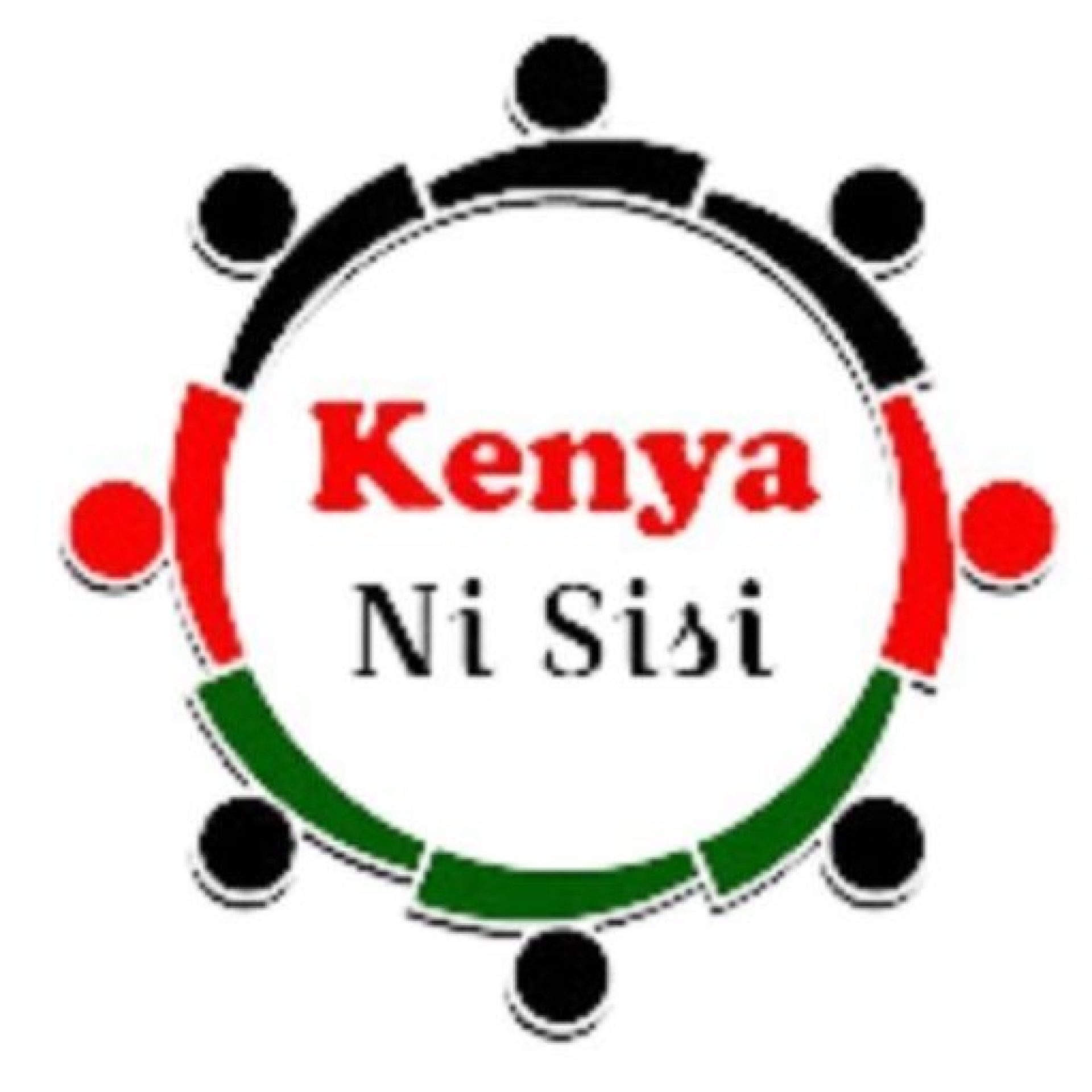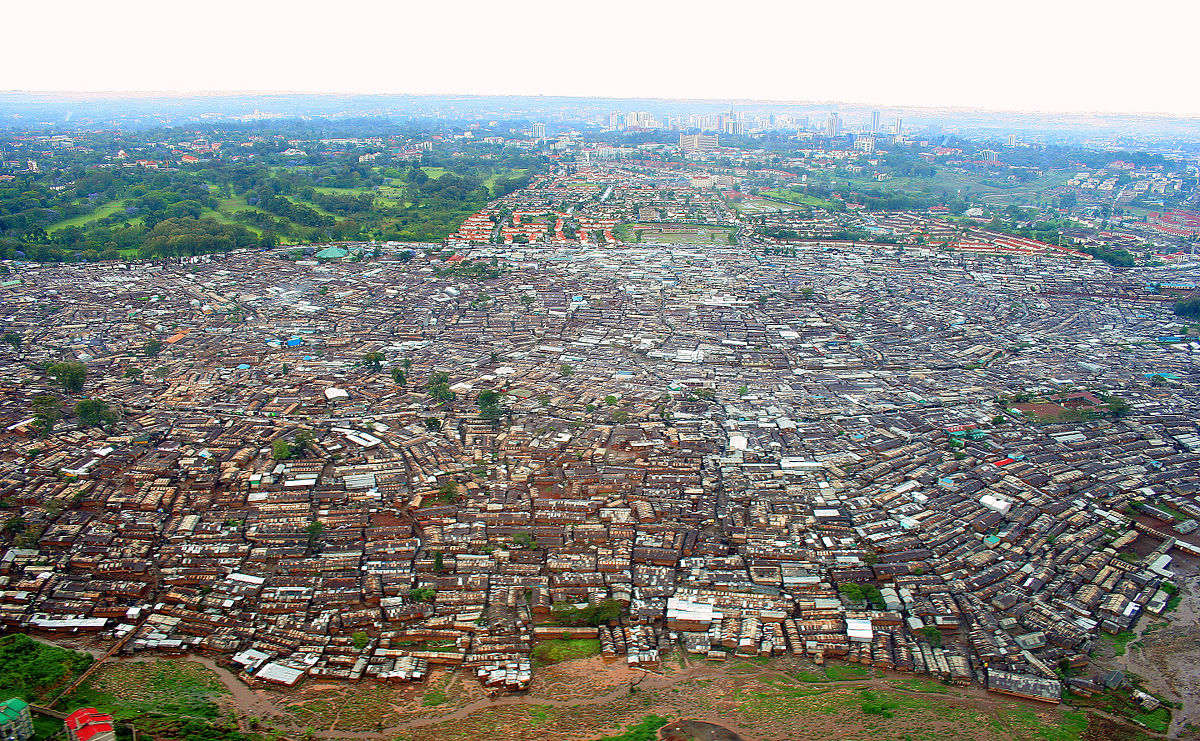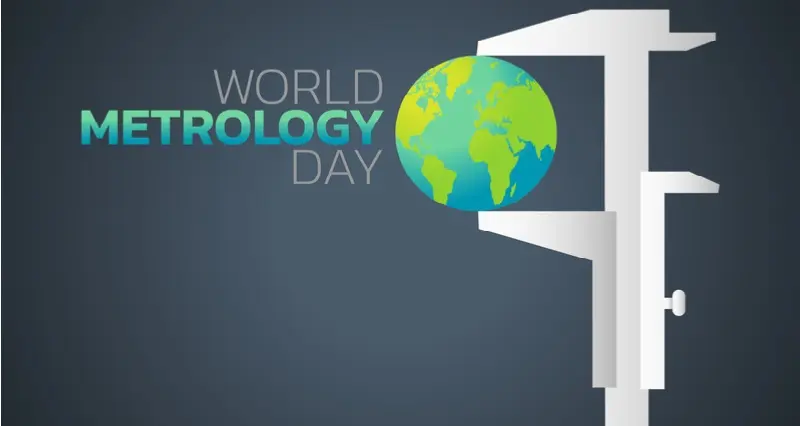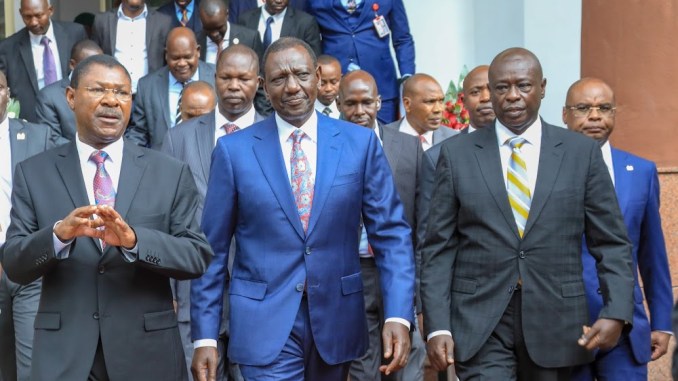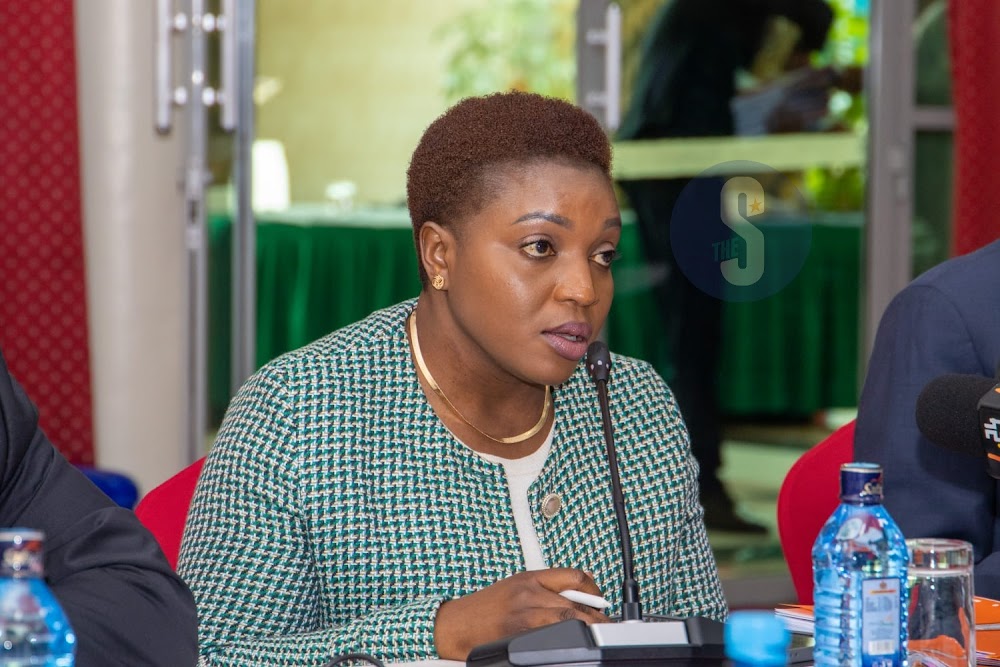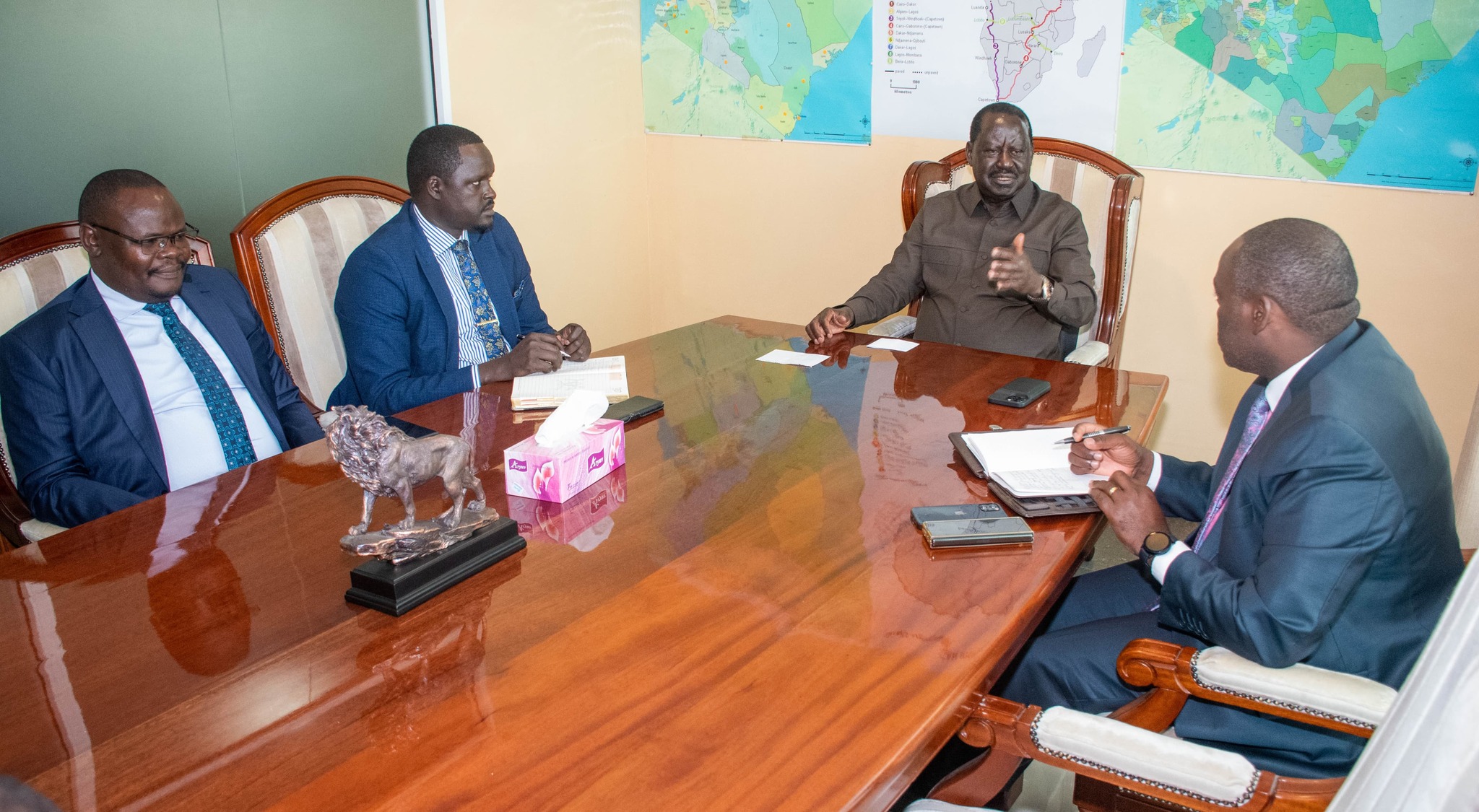
At the height of Azimio’s presidential push in 2022 to have Raila Odinga succeed President Uhuru Kenyatta, a number of insiders persistently complained of how disjointed the campaign was, especially its communications wing.
This was despite the huge pool of young, talented and skilled Kenyans, highly educated at Azimio Coalition Party’s disposal.
Political strategists (sharp as whips) in Jubilee Party, the ODM Party, Wiper Democratic Movement and other affiliate parties behind Mr. Odinga, could not effectively be organised into a single solid army with a command center, executing specific strategies, decided upon and crafted by members of the coalition according the needs of their campaign.
Instead, the disjointed teams and factions, fired haphazardly online and all over, throughout the campaign period, that when polling day came, the whole Azimio Coalition failed to understand what hit them.
Failing to learn from history, a year down the line, Raila Odinga still, in his statements, sound like he puts them out, for formality. To keep the support base busy, and him, in the news. Political jostling. It is a thing politicians do.
Because, if these press releases meant anything, the Saturday one criticizing President Ruto, especially on Education should have been thoroughly researched and factual, on what really ails our Education sector.
”In a week’s time, schools will open. But they are in a mess. Since the National Rainbow Coalition regime of 2002, Kenya has pursued a policy of Free and Compulsory basic education. By and large, money has followed learners,” the Opposition leader’s statement reads in part.
It continues : ”That dedicated support for free and compulsory education has stopped under Kenya Kwanza. It is happening unannounced. The government is supposed to send Ksh22, 440 per student per year to secondary schools. It is also supposed to send Sh1200 per year for every primary school pupil.”
Mr. Odinga’s claims, that the Kenya Kwanza administration has stopped free compulsory education are two faced.
Also, sending Ksh 22,440 per student annually to secondary schools, is something the national government has been grappling with since 2018. Former President Uhuru Kenyatta failed to increase the money per student before leaving office in 2022. It is not a William Ruto creation sir.
Interestingly, during that period (2018-2022), Mr. Odinga could easily influence the Executive’s decison, on key issues, like Education.
Hard Facts
The government has from January 2023 disbursed Sh67 billion to public primary and secondary school learners.
For the Free Primary Education Programme, the Ministryof Education’s figures show the government has released Sh7.9 billion for the nine million learners in public primary schools.
Under the Junior School, the government has disbursed Sh14.7 billion for the one million learners since January this year while Sh44.4 billion has been spent as capitation for the 3.7 million learners enrolled under the Free Day Secondary Education.
In the Financial Year 2023/2024, the government has allocated Sh51.1 billion to students enrolled in TVET and Universities. Most of these institutions started their 2023/2024 Academic Year in September, 2023.
Unlike what Mr. Odinga says about HELB, on 4th October, 2023, the government, through the Higher Education Loans Board (HELB), released Sh10.5 billion for tuition and upkeep loans to continuing students enrolled in Universities and TVET institutions, under the Old Funding Model.
Upkeep loans for 206,123 undergraduate and 72,546 TVET continuing students under the Old Higher Education Funding Model have been disbursed to students as per their respective preferred payment channels.
“Each of the benefitting students in university receives a minimum loan of Sh37, 000 and a maximum of Sh60, 000. On the other hand, each successful TVET trainee is awarded an average of Sh40, 000 per annum,” Education CS Ezekiel Machogu said of the disbursment.
In September 2023, the government released grants worth Sh8.4 billion as capitation to students in public universities and Sh441 million for continuing students in Private Universities. On the other hand, a total of Sh1.3 billion was released as capitation to continuing trainees in various TVET Colleges.
Additionally in July 31, 2023, the government launched the student application process for the higher education scholarships and loans for the 2022 Kenya Certificate of Secondary Examination cohort who were placed to universities and TVET institutions for the 2023/2024 Academic Year.
Will the competent Raila Odinga’s Researchers please stand up?
